Last year, on one fine but hot summer weekend in Turkey, I walked approximately 60km by myself from the Black Sea to the Sea of Marmara, cutting through the western periphery of Istanbul.
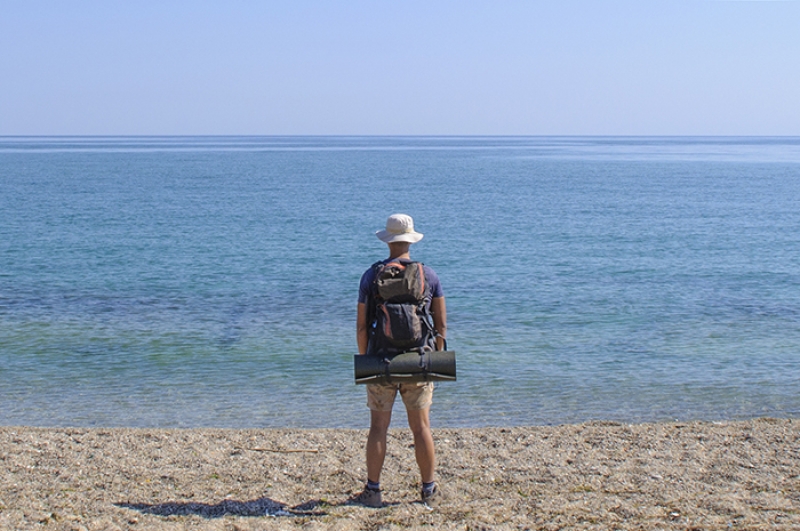
The catalyst for this walk was my discovery of the İki Deniz Arası (Between Two Seas) walking route. Established by Istanbul-based photographer and artist, Serkan Taycan, the route was first showcased at the 2013 Istanbul Biennial, along with a series of photographs that Taycan took at every kilometre of the route. He was inspired to map the route in the face of Istanbul’s increasing urbanisation—in particular, the proposed Kanal Istanbul project that aimed to create a new canal bypassing the Bosphorus strait.
Thanks to a love for walking and a desire to see a more unconventional side of Istanbul, I decided to embark on this route. Early one Saturday morning, I set off to the sleepy town of Yeniköy on the shores of the Black Sea, where I began my walk.
I shall leave you with some pictures and vignettes from this two-day walk. You can decide for yourselves whether I’m crazy and whether such self-guided walking routes are your thing!
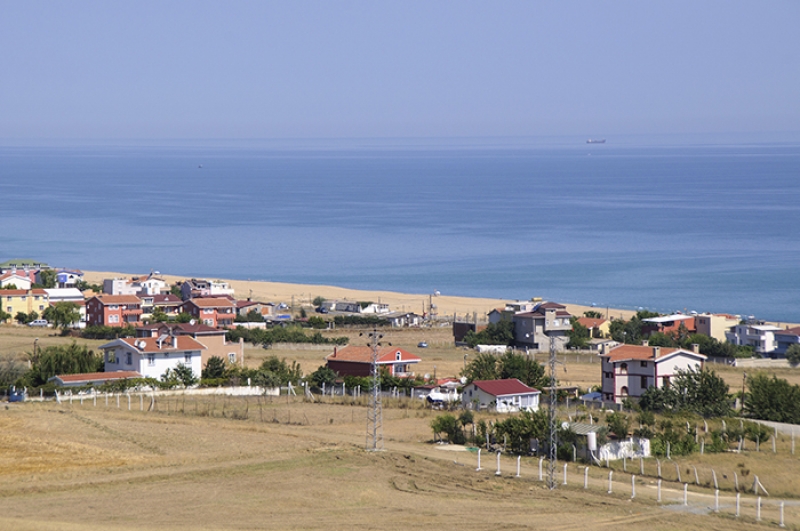
By the time I reached Yeniköy by public bus from central Istanbul, it was late in the morning. The families on board the same bus made a beeline for the blue waters of the Black Sea, while I headed in the opposite direction. I wondered what the locals thought I was up to.
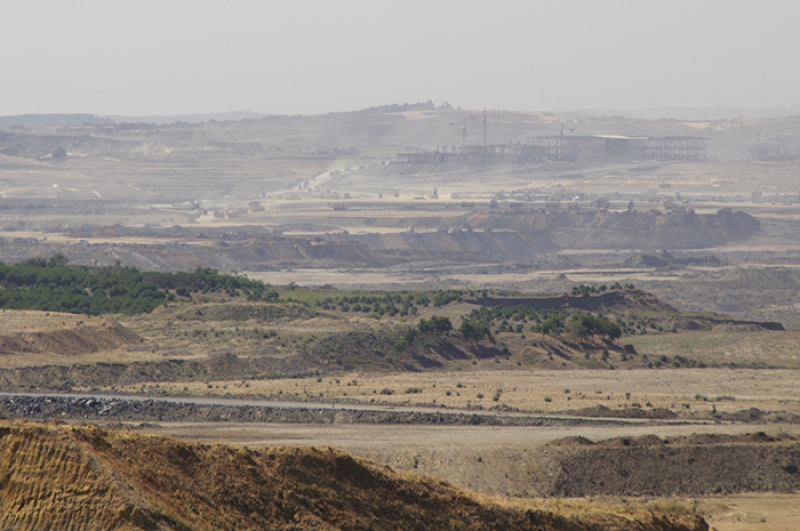
The hills around Yeniköy offered a good vantage to take in the sheer scale of the development surrounding Istanbul’s third international airport. It was disheartening to note that the forests that once covered these lands were entirely gone. One really has to wonder whether the price of relentless development is worth it.
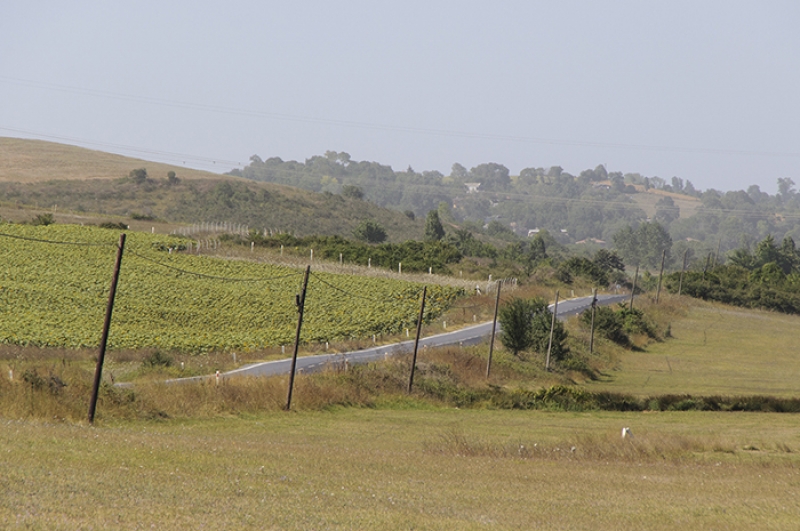
For the first half of the route, I mainly walked along roads like these, passing meadows and sunflower fields. I could not really follow the route exactly as there was a turn that some locals advised me not to take due to the presence of dogs. In any case, I did not plan on sticking to the route judiciously. I simply wanted to enjoy the experience of walking in solitude, unencumbered by expectations.
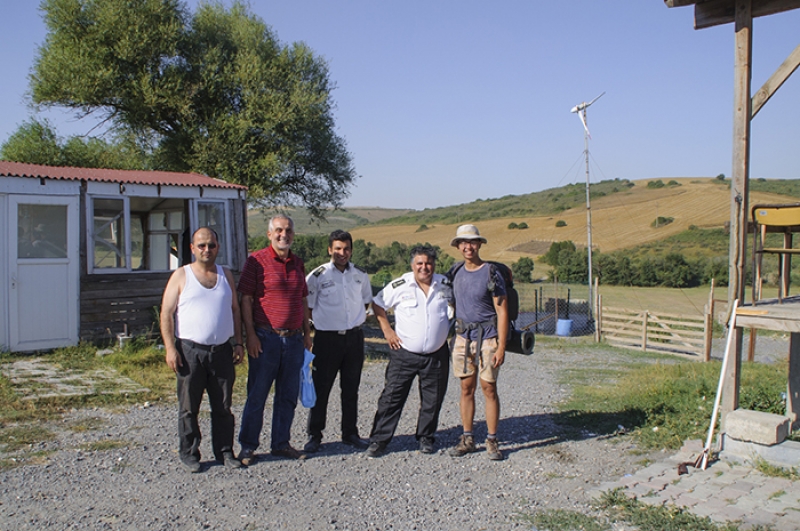
Along the way, I met a number of locals who were curious with regard to my presence. They must have thought, “What is this foreigner doing in the middle of nowhere?” Regardless, they were all very kind and hospitable, offering me no shortage of tea, bread and good company. I guessed it helped that I spoke conversational Turkish too!
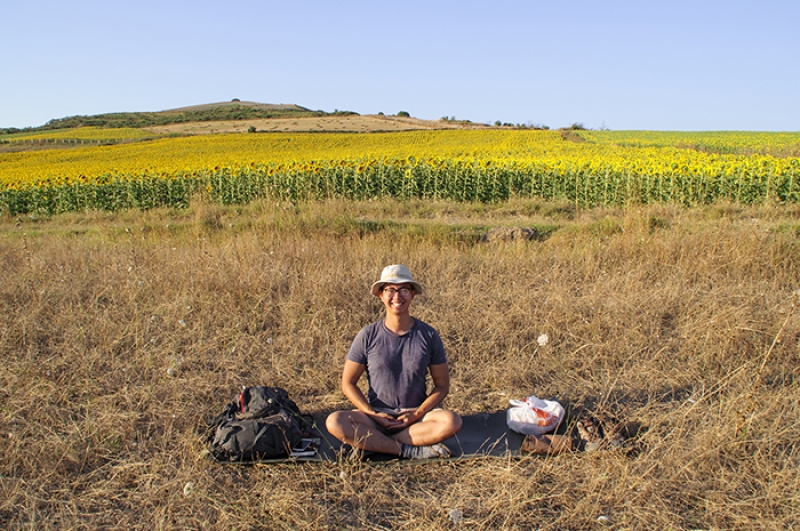
One of the most liberating aspects of my walk was the sense that I could just lie down and sleep anywhere. I was not compelled to head back to my accommodation by a certain time. Instead, I could sit by a seemingly unyielding field of sunflowers, enjoy the sunset and head straight to bed (on my hiking mat) thereafter.
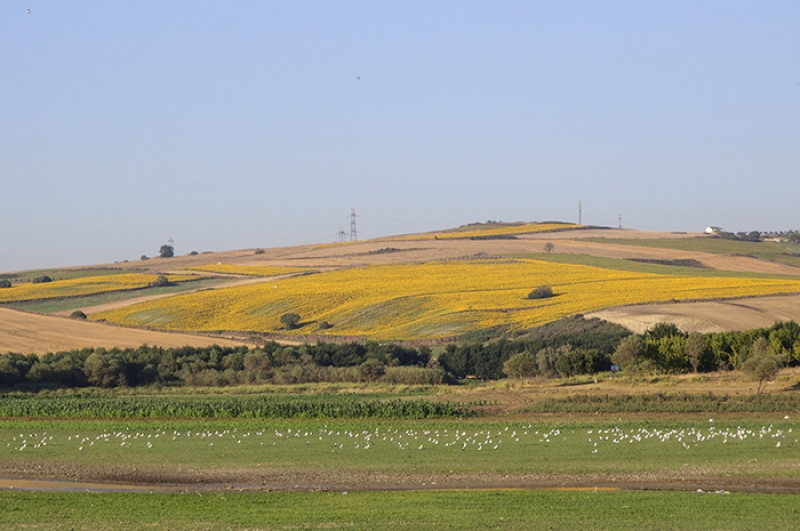
By Sunday morning, I had reached the Sazlıdere Reservoir, which marked the halfway point of the route. The distant sunflower fields with their vibrant yellow hues, together with the numerous seagulls basking in the gentle glow of the morning sun, created a postcard-perfect image of a scenic nature reserve. Unfortunately, reality is always more complex—the shores of the reservoir were littered with discarded packaging, cans and plastic bags.
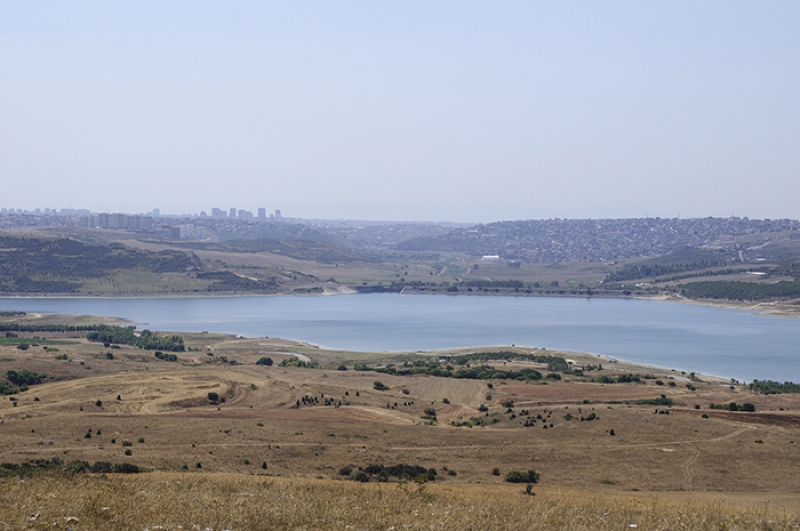
Around midday, I managed to reach the summit of Kocabayır Hill, the highest point on the route. From here, Istanbul beckoned. The outskirts of the city were just across the reservoir, as the pastoral landscape morphed into an unmistakably urban one.
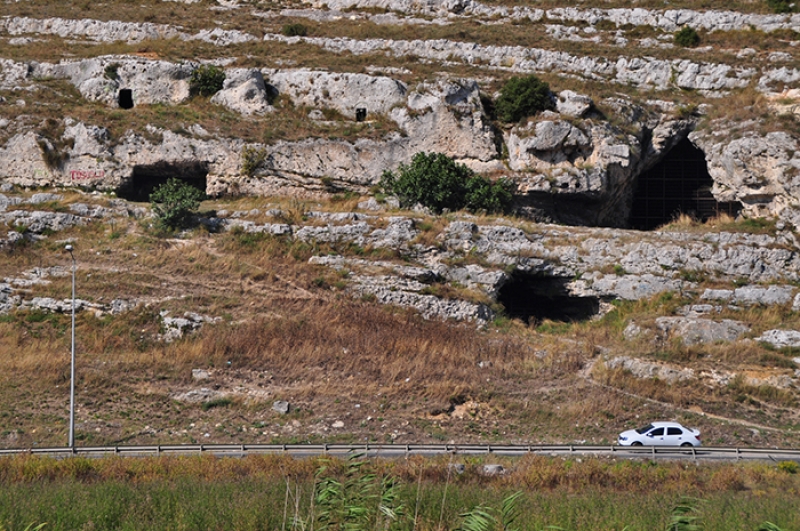
One of the first landmarks I encountered after entering Istanbul proper was the Yarımburgaz Cave. The cave is supposedly the site of the first human settlement in Istanbul, which dates back to the Palaeolithic Age. While it is officially a protected heritage site, the cave seemed largely neglected and forgotten.
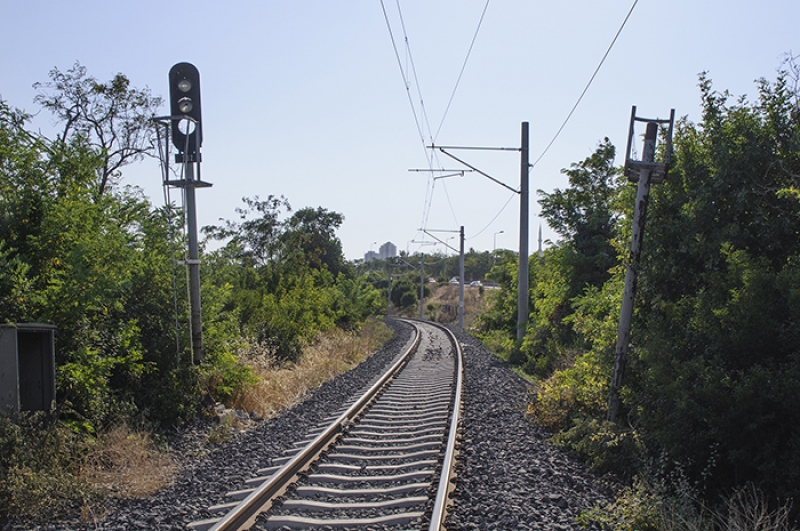
Part of the route lay along a disused railway track, but I could not find any opening that led to the track. This led to a few harrowing moments as I frantically tried to bulldoze myself through some thick shrubs and crawl up the track bed.
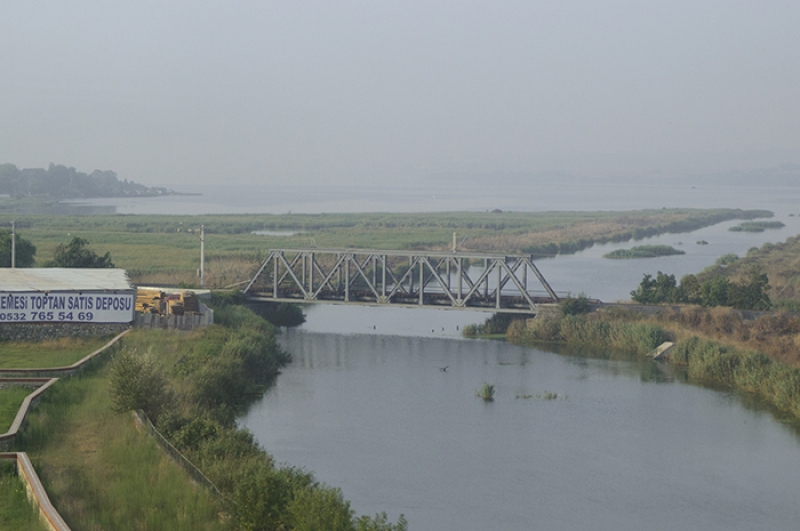
The reward for scrambling onto the railway track was the chance to walk across this rickety old railway bridge. At this point, I was at the northern tip of the Küçükçekmece Lake, which emptied into the Sea of Marmara—just 10km away.
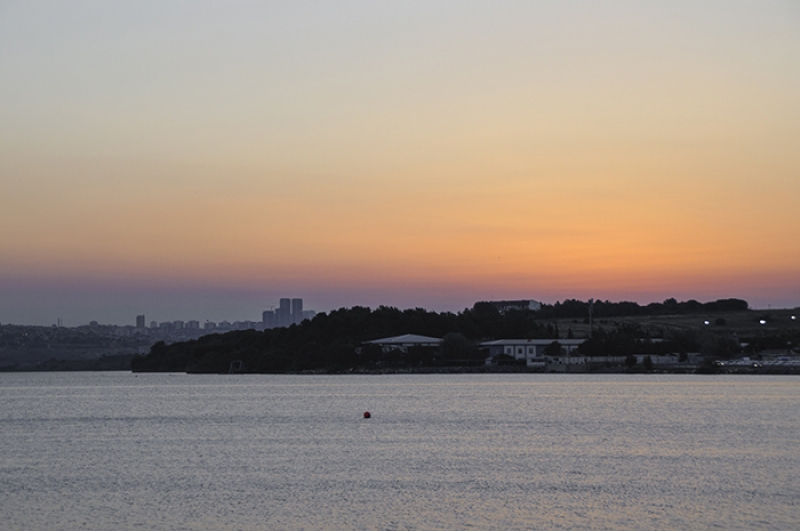
By the time I reached the park at Küçükçekmece Lake, which marked the start of the final 3km of the route, my feet were throbbing with pain. I took a break along the shore of the lake and watched my second sunset on this route. I waited till it was almost completely dark before making my way to the end-point of the route: Menekşe Beach.
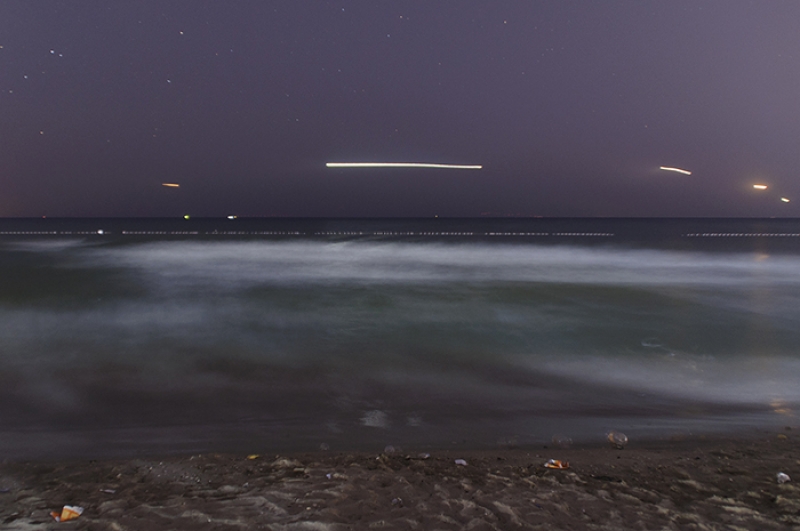
Approximately 36 hours after I stood in front of the Black Sea at Yeniköy, I faced the Sea of Marmara at Menekşe Beach. In the distance, I could make out the faint lights of the planes descending into Atatürk Airport. I had literally walked between two seas and it felt great.
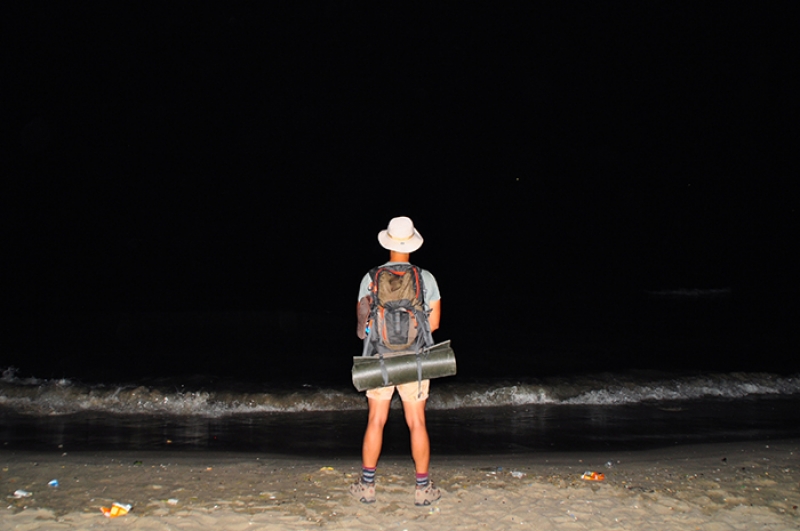
Although there were not many distinctive sights along the route, the experience and the exertion required for it were still precious to me. After all, walking is not just the physical movement from point A and B, but also the imbuing of one’s imaginary with everything in between. Walking through a part of Istanbul was perhaps my way of laying down a stake in a city I had grown to love.
This brings to mind Rebecca Solnit’s timeless book on the sublime rewards of walking, Wanderlust: A History of Walking, in which she wrote: “When you give yourself to places, they give you yourself back; the more one comes to know them, the more one seeds them with the invisible crop of memories and associations that will be waiting for you when you come back, […]. Exploring the world is one of the best ways of exploring the mind, and walking travels both terrains.”
Indeed, by taking such a long walk, I’d like to think that I wasn’t so crazy after all.




